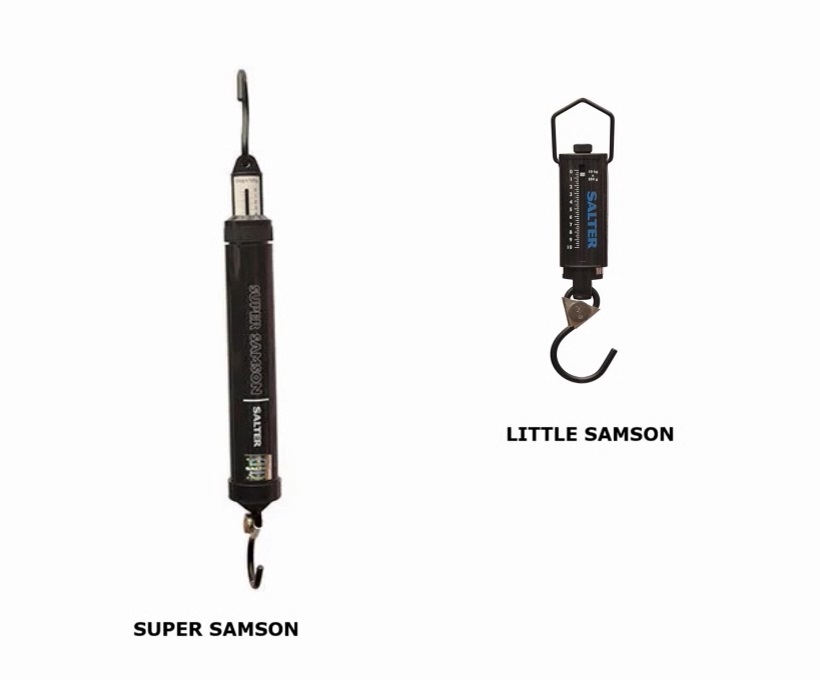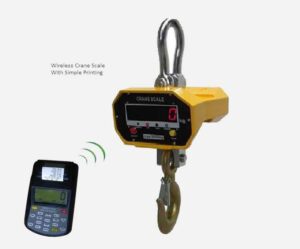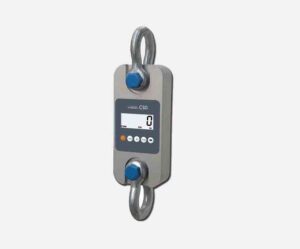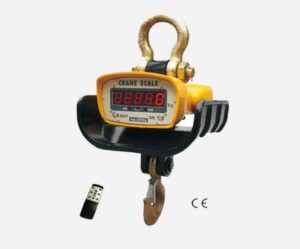
TUBULAR SPRING BALANCE
Tubular spring balances are simple and portable weighing devices commonly used in educational settings, laboratories, and other applications where a quick and approximate weight measurement is sufficient. They are not as precise as more sophisticated weighing instruments, but they are easy to use and cost-effective for certain applications.
A tubular spring balance is a type of weighing instrument that utilizes the principle of Hooke’s law to measure weight or force. It typically consists of a coiled spring housed in a tubular casing with a hook or ring at the bottom for attaching the object to be weighed. Here are the key features and components of a tubular spring balance: giribrother
-
- Coiled Spring:
- The primary component is a tightly wound coil spring made of metal, often steel. This spring provides the restoring force necessary for the balance to function.
- Tubular Spring Balance Casing:
- The coiled spring is enclosed in a tubular casing, which serves to protect the spring and provides a structure for the instrument.
- Hook or Ring:
- At the bottom of the tubular spring balance, there is usually a small hook or ring where the object to be weighed can be attached.
- Calibration Marks:
- The casing may have calibration marks or a scale along its length to indicate the weight of the object based on the extension of the spring.
- Pointer or Indicator:
- Some spring balances have a pointer or indicator that moves along the calibrated scale to show the weight of the object.
- Hanging Loop:
- At the top of the tubular casing, there is often a loop or hole for hanging the balance from a fixed point.
- Coiled Spring:
- Specification
|
MAKE |
Salter |
|
|
MODEL |
Super Samson |
Little Samson |
|
(CAPACITY x ACCURACY) |
1kg x 5g , 2kg x 10g, 5kg x 25g, 15kg x 100g , 20kg x 100g |
1.5kg x 25g , 3kg x 50g 6 kg x 100g , 10kg x 250g |
|
Dimension |
Length=200mm, width=25mm | Length=85mm, width=25mm |






somnath –
REVIEWS ACROSS WEBSITE
https://www.facebook.com/giribrothers1973/